
Description
Eisenhower’s Life
Timeline of Main Events
- Pre-1942: Dwight D. Eisenhower has a distinguished early Army career, graduating from West Point and serving under Generals John J. Pershing, Douglas MacArthur, and Walter Krueger.
- 1942, November: Eisenhower commands the Allied Forces landing in North Africa.
- 1944, June 6 (D-Day): Eisenhower serves as the Supreme Commander of the troops invading France. During this time, Kay Summersby is assigned to drive him during a visit to London.
- Post-World War II: Eisenhower resists overtures from both Republicans and Democrats to run for president in 1948, believing military professionals should not be involved in politics. He becomes President of Columbia University.
- 1947-1981: FBI files connected with Dwight D. Eisenhower are generated. These files contain memos dating from this period.
- 1951: Eisenhower is given supreme command over the new NATO forces being assembled.
- 1952: Republican emissaries persuade Eisenhower to run for President. CIA files connected with him begin to be generated.
- 1952: Eisenhower wins the presidential election against Democratic candidate Adlai Stevenson.
- 1952-1962: CIA files connected with Dwight D. Eisenhower are generated. These files include staff accounts of briefings, memorandums on nuclear weapon guidelines, missile warning systems, and a report on CIA covert activities.
- 1956: Eisenhower wins his second term as president, again defeating Adlai Stevenson by a substantial margin.
- 1950s (Specific date unspecified): FBI Director J. Edgar Hoover makes a presentation to the White House concerning racial tensions and civil rights. He also authors a monograph titled “The Communist Party and the Negro” and corresponds with the White House about the murder of Emmett Till.
- 1950s (Specific date unspecified): The FBI conducts a search for the whereabouts and background information on Kay Summersby, who served as Eisenhower’s driver, personal secretary, and military aide during World War II. The nature of their relationship is a subject of debate.
- 1950s (During Eisenhower’s presidency): The FBI summarizes details about Denver, Colorado, due to Eisenhower spending significant time there. This includes information on crime trends, FBI activity, Communist Party activity, organized crime, and the Denver press.
- 1950s (During Eisenhower’s presidency): Threats are made against the life of Eisenhower, and security concerns regarding his presidential travel are documented in FBI files.
- 1950s (During Eisenhower’s presidency): Correspondence occurs between FBI Director J. Edgar Hoover and Dwight Eisenhower.
- 1950s (During Eisenhower’s presidency): A threatened lawsuit against Eisenhower arises from a minor traffic accident involving his chauffeur driving his station wagon.
- Post-Presidency: Eisenhower retires to his farm in Gettysburg, Pennsylvania, where he writes his memoirs, plays golf, and paints.
- 1967: After seeing a performance by “Up With People,” Eisenhower becomes concerned about their sponsor organization, Moral Rearmament, as indicated in an FBI memo.
- 1968: Eisenhower lives to see Richard Nixon elected president. His grandson, David Eisenhower, marries Nixon’s younger daughter, Julie Nixon.
- 1969: Dwight D. Eisenhower dies.
Cast of Characters
- Dwight D. Eisenhower:
- 34th President of the United States (1953-1961).
- Supreme Commander of the Allied Forces during World War II.
- Supreme Commander of NATO forces (1951-1952).
- President of Columbia University (post-WWII).
- Born in Denison, Texas, and raised in Abilene, Kansas.
- Graduated from West Point.
- Served in various staff assignments in the early Army.
- Resisted initial calls to enter politics but ran for president in 1952.
- Served two terms and retired to his farm in Gettysburg.
- Died in 1969.
- J. Edgar Hoover:
- Director of the Federal Bureau of Investigation (FBI) for nearly five decades.
- Corresponded with President Eisenhower on various matters, including racial tensions, civil rights, and the murder of Emmett Till.
- Presented a monograph to the White House titled “The Communist Party and the Negro.”
- Kay Summersby:
- Served as General Dwight D. Eisenhower’s driver during a visit to London during World War II.
- Later became his personal secretary and military aide.
- The nature of her relationship with Eisenhower remains a subject of speculation and argument. The FBI conducted a search for her whereabouts and background information.
- Adlai Stevenson:
- Democratic candidate for President of the United States in both 1952 and 1956.
- Was defeated by Dwight D. Eisenhower in both elections by a substantial margin.
- Emmett Till:
- African-American teenager who was murdered in Mississippi in 1955.
- The murder and subsequent trial garnered national attention and highlighted racial injustice in the United States. FBI Director J. Edgar Hoover corresponded with the White House about this case.
- Richard Nixon:
- 37th President of the United States (1969-1974).
- Eisenhower lived to see him elected president in 1968.
- His younger daughter, Julie Nixon, married Eisenhower’s grandson, David Eisenhower.
- David Eisenhower:
- Grandson of President Dwight D. Eisenhower.
- Married Julie Nixon, the younger daughter of Richard Nixon.
- Julie Nixon:
- Younger daughter of President Richard Nixon.
- Married David Eisenhower, President Dwight D. Eisenhower’s grandson.
- Moral Rearmament:
- Sponsor organization of the performance group “Up With People.”
- Eisenhower became concerned about this organization after seeing their performance in 1967.
- Up With People:
- A musical group that Eisenhower saw perform in 1967.
- Their sponsor organization, Moral Rearmament, raised concerns for Eisenhower.
- John J. Pershing:
- A General in the United States Army.
- Eisenhower served under him early in his military career.
- Douglas MacArthur:
- A General of the Army and Field Marshal of the Philippine Army.
- Eisenhower served under him early in his military career.
- Walter Krueger:
- A General in the United States Army during World War II.
- Eisenhower served under him early in his military career.
- George C. Marshall:
- A five-star general and United States Secretary of State and Secretary of Defense.
- Called Eisenhower to Washington for a war plans assignment after Pearl Harbor.
President Dwight D. Eisenhower FBI – CIA Files
1128 pages of Dwight D. Eisenhower FBI Files and CIA Files
FBI FILES
940 pages of FBI files dating from1947 to 1981, connected with Dwight D. Eisenhower. Files contain approximately 620 pages of discernable memos.
Topics covered include Eisenhower’s disposition in the military. His political future. Letters from the general public on a wide range of concerns about Eisenhower. Correspondences between FBI director J. Edgar Hoover and Dwight Eisenhower. Threats made against the life of Eisenhower. Security concerns about presidential travel. The search for the whereabouts of, and background information on Kay Summersby. When he was Supreme Commander of Allied Forces during World War II, Kay Summersby was assigned to drive General Eisenhower during a visit to London. She later became Eisenhower’s personal secretary and military aide. The nature of their relationship is still up for argument.
Files show Eisenhower’s relationship with the FBI. Hoover’s presentation to the White House concerning racial tensions and civil rights. Hoover’s monograph, “The Communist Party and the Negro.” Correspondences from Hoover to the White House about the murder of Emmett Till. A threaten lawsuit against Eisenhower over a minor traffic accident his chauffeur had while driving Eisenhower’s station wagon. Memos giving a wide range of background information on the city of Denver, Colorado. Since Eisenhower was spending much time in Denver, the FBI set about summerizing details about the city, such as crime trends, FBI activity, Communist Party activity, organized crime, and the Denver press. Eisenhower’s travel after leaving the White House. A memo showing that in 1967, after seeing a performance by “Up With People”, Eisenhower became concerned about their sponsor organization Moral Rearmament.
CIA FILES
188 pages of CIA files dating from 1952 to1962, connected with Dwight D. Eisenhower.
Files include: CIA staff accounts of briefings of Eisenhower. Memorandums concerning Eisenhower’s guidelines for the use of nuclear weapons. Missile warning systems. A report ordered by President Eisenhower of CIA covert activities, which outlines the agency’s theories and policies concerning covert activities.
Dwight D. Eisenhower was born in Denison, Texas in 1890, and was brought up in Abilene, Kansas. In his early Army career, after graduating from West Point, he excelled in staff assignments, serving under Generals John J. Pershing, Douglas MacArthur, and Walter Krueger. After Pearl Harbor, General George C. Marshall called him to Washington for a war plans assignment. He commanded the Allied Forces landing in North Africa in November 1942; on D-Day, 1944, he was the Supreme Commander of the troops invading France. Believing that military professionals should not be involved in politics, Eisenhower resisted overtures from both Republicans and Democrats, that he run for president in 1948. After the war, he became President of Columbia University. He later was given supreme command over the new NATO forces being assembled in 1951. Republican emissaries to his headquarters near Paris persuaded him to run for President in 1952. He won handily in that election and in 1956, each time defeating Democratic candidate Adlai Stevenson by a substantial margin. After serving two terms as president, Eisenhower retired to his farm in Gettysburg, Pennsylvania, where he wrote his memoirs, played golf and painted. He lived to see Richard Nixon elected president in 1968 and his grandson, David, marry Nixon’s younger daughter, Julie. Dwight Eisenhower died in 1969.
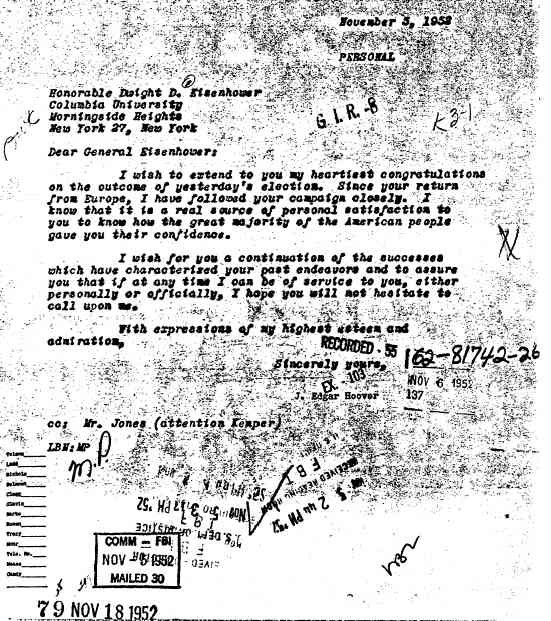

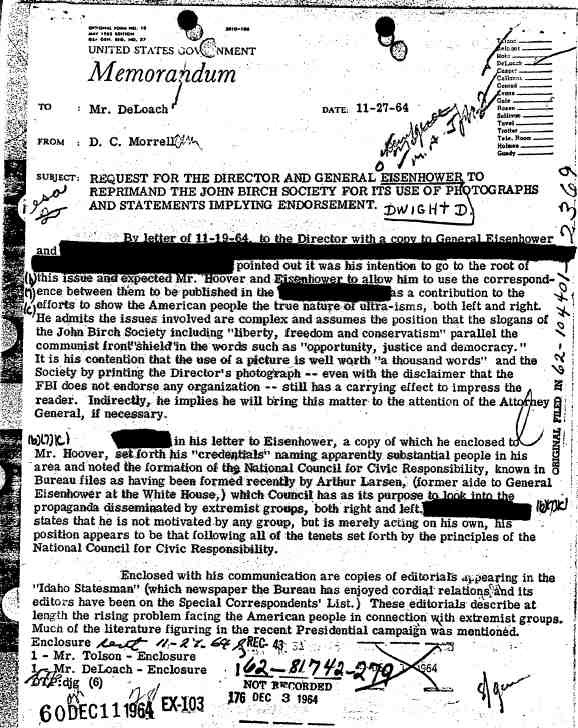
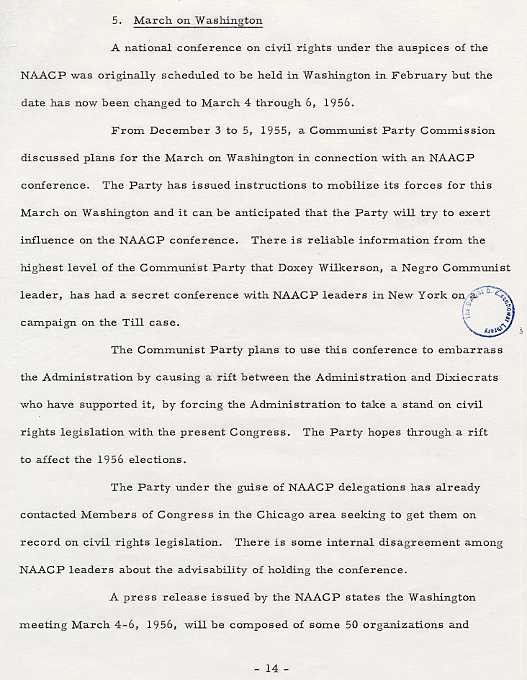

Related products
-

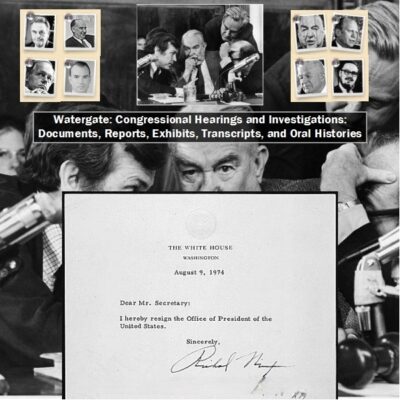
Watergate: Congressional hearings, reports, exhibits, and transcripts
$19.50 Add to Cart -
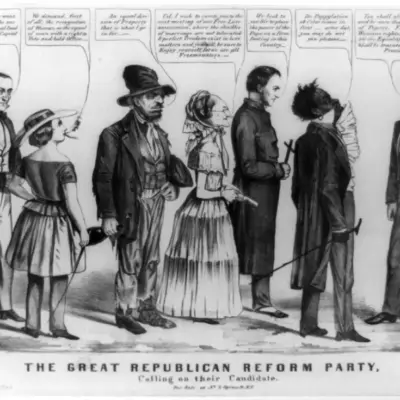
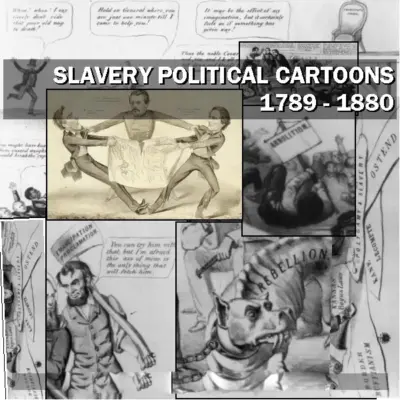
Slavery Political Cartoons: Cartoon Slavery 1789 – 1880
$19.50 Add to Cart -
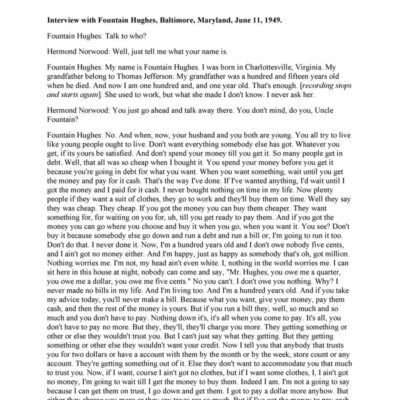
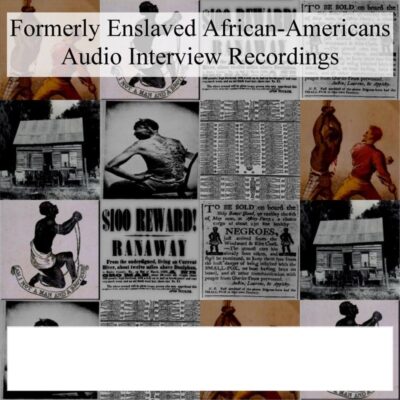
Audio Recordings of Formerly Enslaved African Americans
$19.50 Add to Cart -
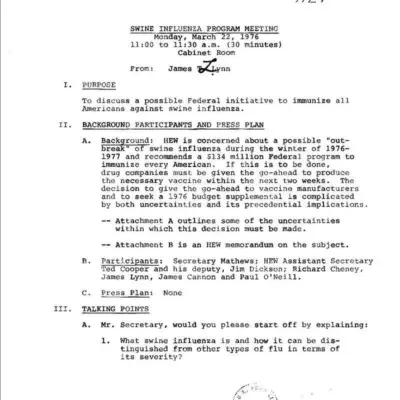
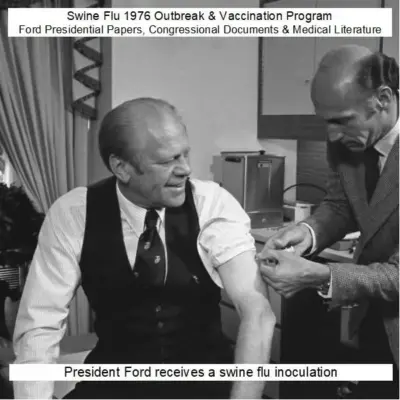
1976 Swine Flu Outbreak and Vaccination Program
$3.94 Add to Cart